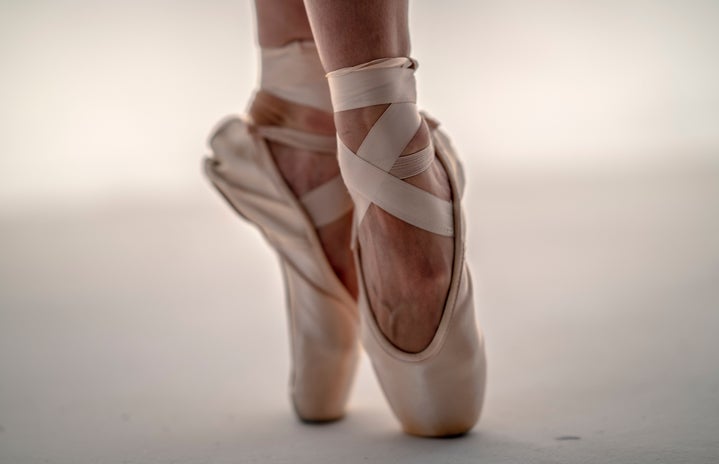Her Campus American journalists are free to express opinions. The opinions in this article are not representative of Her Campus American’s opinions as an organization.
CONTENT WARNING: Eating disorders
As evidenced by pointe shoes and the mangled feet inside them, sometimes the prettiest packages hide the most sinister costs. TikTok’s latest “get-beautiful-quick” scheme, the “coquette” aesthetic, likewise hides its true intentions. In reality, it’s just the Pro-Anorexia (Pro-Ana) movement repackaged for a new audience.
Too many fell victim to the competitive eating disorder culture on sites like Tumblr and Twitter from 2012-2014. Networks of struggling individuals formed under hashtags like #proana and #thinspo, encouraging each other to get sicker and sicker in the name of being thin. As Tumblr lost popularity, these communities needed somewhere new to occupy.
In 2018, TikTok exploded overnight. It overtook WhatsApp, YouTube and Instagram as the most downloaded app on the App Store. Since then, it has gone from around 85 million users to a projected 1.8 billion by the end of 2022. Its demographic has overwhelmingly remained under 30 years old, with the majority of users within the U.S. being between 10-19 years old.
Thus, the recipe for disaster is written: individuals desperate for community find a new generation of impressionable young minds spending hours a day on a platform based on short-form, attention-grabbing visual media.
The definition of coquette, as defined by Merriam-Webster, currently reads, “A woman who endeavors without sincere affection to gain the attention and admiration of men.” However, it’s taken on the connotation of a dainty, intensely feminine woman, who is arguably childlike in her (feigned) innocence. Her allure lies in her lack of effort–her purity earned by virtue of her existence.
It starts off innocently enough, with a beautiful girl lip-syncing to an unreleased Lana Del Rey song, but the girls get thinner and thinner. Soon the videos are just blatant body-checking, sometimes even captioned with the old familiar, “Nothing tastes as good as skinny feels.”
Those who have seen it before know to scroll past. Vulnerable young teens desperate for identity and community are falling into this trap and deciding what their “ultimate goal weight” is before they turn 15.
This aesthetic is indicative of a larger trend in mainstream culture: the “thin-is-in” mindset. Low-rise jeans and Y2K/90’s fashion (i.e. “Heroin Chic”) are back. “Gut health” focused influencers reach incredible levels of influence by preaching about ways to prevent normal human bloating. Paris Fashion Week featured some of the least body-type inclusive shows of recent years. The pressure is back on, and it’s only going to get worse.
The worst part is that nobody is doing anything about it. There are no guidelines being written that explicitly ban this kind of content from the app, no studies that will give us information on the effects of this trend on young children, although we know it’s happening.
We all know that somewhere, another 12-year-old girl is opening up MyFitnessPal to see if she can afford to eat lunch today. Somewhere, a 14-year-old is doing their first body-check.
Increasing levels of internet access and fluency among younger generations requires an urgent and equivalent response by app manufacturers to increase security, but we’re not seeing that happen.
It’s up to the survivors of the first wave of the Pro-Ana movement to educate and protect, to call it like we see it because if not us, then who? We must learn to recognize the signs and shepherd those unfamiliar towards a safer path. In short: be there for each other. This pink ribbon-laden path isn’t all it’s cracked up to be.


